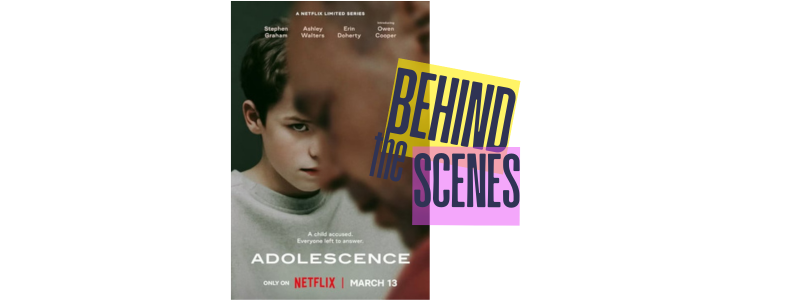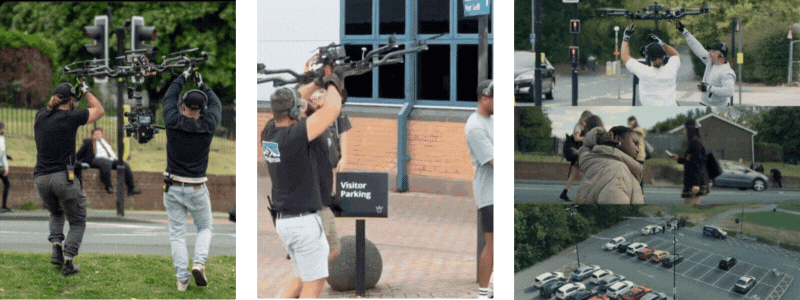Inside Adolescence: The Cinematic Genius Behind Netflix’s Uninterrupted Filming 3/25/2025, 12:00:00 AM

How Netflix’s “Adolescence” Achieved Its Seamless One-Shot Scenes
The Netflix miniseries Adolescence has captivated audiences not only with its intense storyline but also with its groundbreaking cinematography. One question seems to be on everyone’s mind: How did they manage to film those uninterrupted, one-take sequences, especially the jaw-dropping aerial transition in Episode 2? The answer lies in the ingenious combination of creative vision, cutting-edge lense, and innovative use of cinema cameras.
The Challenge of Shooting in a One-Take Style
Adolescence takes the concept of long takes to the next level. Unlike traditional productions that piece scenes together with subtle edits, this series is filmed in true one-shot sequences, meaning there are no hidden cuts. This approach amplifies the tension in scenes, immersing viewers in the story as if they were part of it.
But what makes this so challenging? A single mistake from an actor or crew member can ruin an entire take. The cinematographers and directors had to ensure every element: lighting, focus, and timing, was flawless across all sequences.
How Did They Film That Stunning Scene in Episode 2?
One of the most talked-about moments occurs at the end of Episode 2. Viewers follow Ryan (played by Kaine Davis) as he leaps out of a window, chased by Bascombe (Ashley Walters). The camera captures every movement until the scene transitions into an aerial shot, revealing Jade, the victim's friend, across the street. This sequence left audiences wondering, How did they pull off such a seamless transition?
The secret lies in combining on-ground cinema camera with dron. To maintain the fluidity of the one-take style, the production team attached a lightweight cinema camera to a drone mid-sequence. This allowed them to “fly” the camera effortlessly from street level to the skies without breaking the shot.

The Role of Lenses and Cameras in Cinematic Magic
Matthew Lewis, the series’ director of photography, relied heavily on specialized lense to capture the emotional intensity of each scene.The lenses used were Cooke SP3.
The camera also had to meet the demands of dynamic, fast-paced movement. High-performance cinema cameras, capable of stabilizing footage even in motion, were essential to ensure each take was smooth.

Planning Makes Perfect
According to Netflix, each episode of Adolescence was rehearsed and filmed up to ten times a day over five days. This meticulous preparation ensured that every angle, movement, and transition was perfectly executed.
The Magic of Cinema
Ultimately, Adolescence is a testament to the creativity and skill of its cinematographers. By pushing the boundaries of technology and storytelling, the series delivers an experience that keeps viewers on the edge of their seats while raising the bar for cinematography.
If you’ve ever wondered how cinema creates such immersive magic, Adolescence provides a masterclass in the art of seamless storytelling.
Copyright © Cinelenses S.L 2025.





